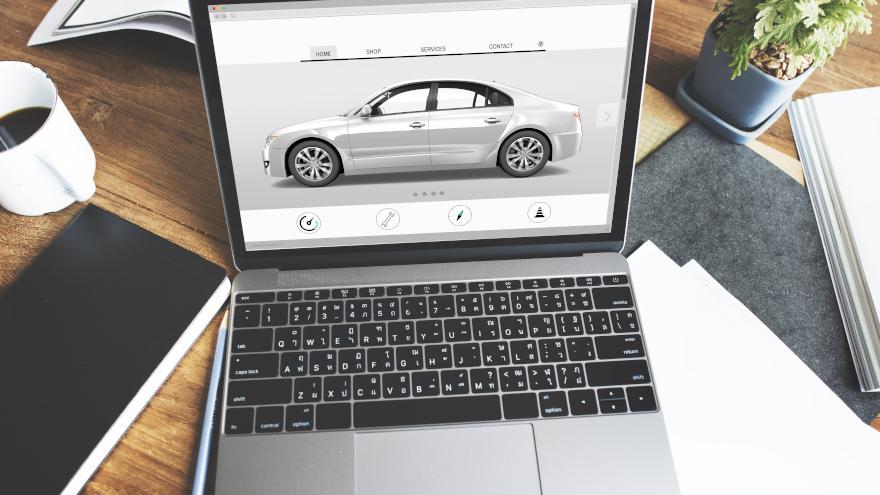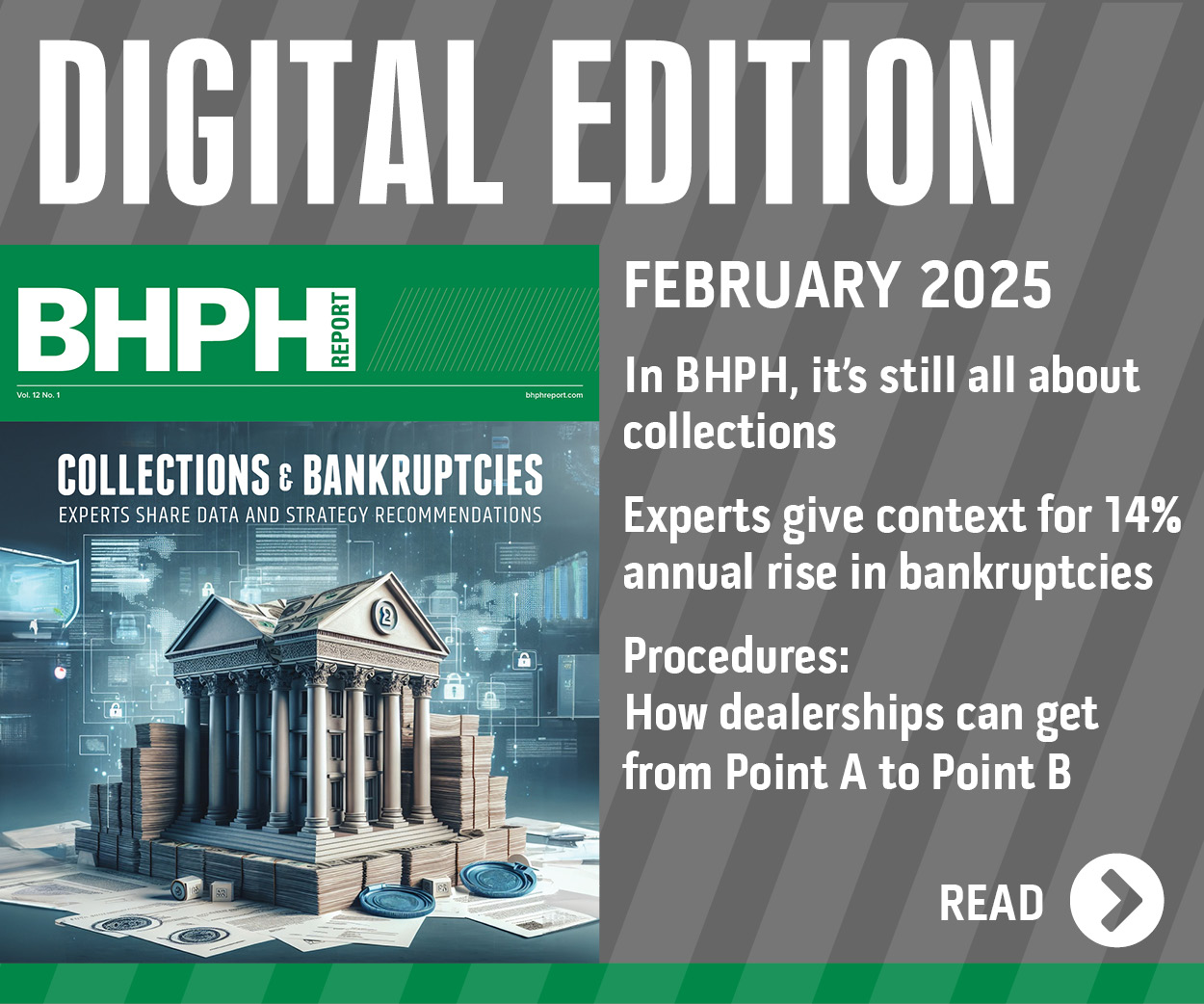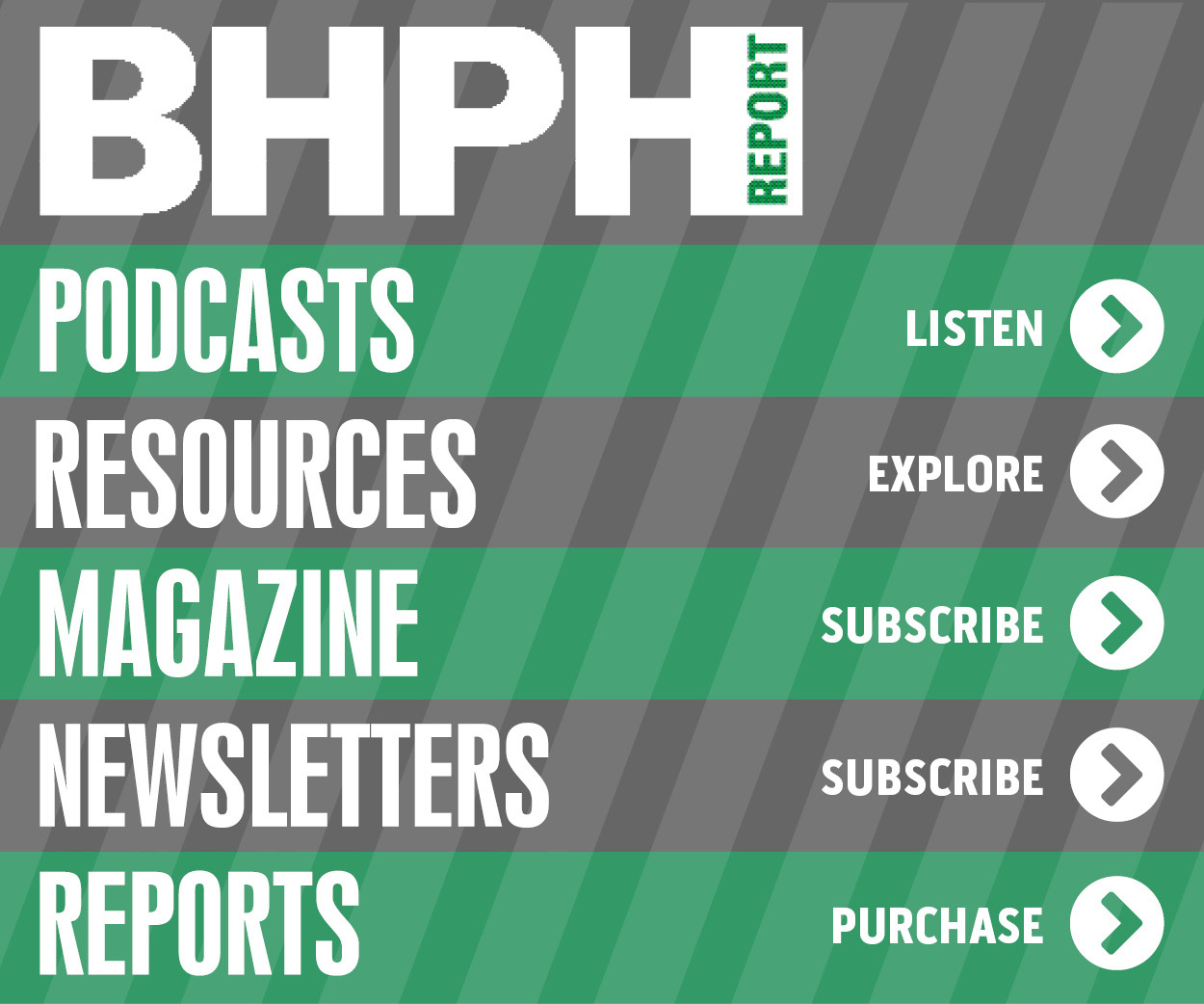COMMENTARY: The BHPH evolution & how digital transformation and market forces are reshaping an industry

As with many aspects of American life, the buy-here, pay-here dealership model has experienced dramatic changes over the last five years. It’s almost become cliché at this point, but the COVID-19 pandemic created a clear before-and-after moment for our industry.
Gone are the days of primarily in-person transactions. Instead, new technology has transformed the customer experience and ushered in a brand new set of expectations to match. While some dealerships have struggled to adapt, those that have successfully transformed their approach will be well-suited to meet challenges that come in the future.
Rapid digital transformation
Before the pandemic, it was rare for BHPH customers to be able to submit credit applications online. Back then, customers would come in, test drive a few cars, finish their credit application, sign a bunch of paperwork with an actual pen and then drive away in their new vehicle.
Customers expect more today. Technology now impacts nearly every touchpoint of the typical BHPH customer’s buying experience. That’s why BHPH websites have evolved to feature tools like VIN decoders, CARFAX integrations and 360-degree photography for complete interior and exterior views. From fully online credit applications to digital document signing and more, it’s possible for a customer to complete a sale without ever setting foot in a dealership.
While technology has simplified the buying process, it’s added complexity for dealership managers. Finding engineering software systems that can support every customer touchpoint is a significant challenge. System components don’t always talk to each other, which creates disconnects that dealerships must address so they don’t negatively impact the customer. As a result, BHPH dealers need employees with entirely new skill sets compared to just five years ago.
An evolving customer experience
Providing an excellent customer experience is another area that requires different skills today. The old model focused on getting potential buyers through the door. But now that most customer encounters occur online, staff must find ways to move the needle with buyers remotely.
Customers’ expectations for their experience have also changed. They want the nicest, newest car at the best possible price delivered to their doorstep. Meeting these demands can be challenging, as affordability and availability don’t always align with customer aspirations. Consequently, it’s key for sales staff to effectively communicate in a way that manages expectations.
Market changes and challenges
One of the most significant factors limiting our ability to make deals is changes in the used vehicle market. Over the last five years, we’ve seen an unprecedented decline in the number of available vehicles thanks to a host of interconnected factors.
Car manufacturers built fewer cars during the pandemic due to supply chain constraints, and have yet to return to pre-pandemic production levels, ultimately impacting used car inventories. For example, in October 2024, the number of available new cars was up 25% year-over-year. However, that was still 20% lower than 2019 inventory levels. Our recent rash of hurricanes has also caused flood damage to as many as 347,000 vehicles, according to CARFAX.
The cars that are still available are also more expensive, due to the forces of supply and demand and other market pressures. More stringent fuel efficiency standards and the push towards electric vehicles have increased car costs. Add to that years of high inflation, and it’s easy to understand why costs have climbed so high. It’s not an exaggeration to say that the typical BHPH customer could get a nicer vehicle for half the price five years ago than they could today.
Customer base evolution
While the core demographic of the BHPH customer hasn’t really changed since the pandemic, our ability to serve them has. Higher vehicle prices, coupled with rising interest rates, force our customers to shoulder larger monthly payments and make higher down payments for lower-quality vehicles. This has caused many dealerships to reevaluate their risk/reward models, particularly for customers in the deep subprime market, which represents more than 12% of all borrowers, according to FICO data.
The current challenge for our dealership and many others becomes determining which market segment we can successfully serve while remaining a viable business. Our program has always included various support systems designed to help customers obtain reliable transportation and successfully repay their loans. Unless we see dramatic changes in both vehicle prices and availability, we’ll likely continue honing in on a more limited segment of the subprime market.
Eyes on the future
So, what’s in store for the BHPH industry over the next five years?
While the future is always tricky to predict, some themes are clearer than others. Technology will continue to advance, so BHPH dealerships will need to maintain a firm understanding of evolving technology trends. For instance, it’s certainly possible that virtual test drives are on the near horizon. Dealerships will need to create and maintain software systems that are flexible enough to absorb new technologies as they emerge.
Our industry will also need to continue innovating our approach to customer service. Some dealerships have begun delivering cars to their customers after the sale closes. While this service likely isn’t viable for every dealership, it does demonstrate the type of creative thinking needed to attract and retain customers.
It’s less clear what the future economic picture holds. The new presidential administration has promised to take a dramatically different approach than the previous one. If that happens, it could translate into a more favorable regulatory environment. However, if the president-elect’s plans for 25% tariffs on Mexican and Canadian imports become a reality, they will negatively affect vehicle prices and availability.
Some things never change
Regardless of what has happened in the past, or may occur in the future, our main mission has always been getting people into cars they can afford at a price that allows us to continue operating. Some changes, like technological advancements, make that job easier. Others, like inflation, make it more difficult. Successful dealerships focus on what they can control — understanding their risk/reward models, connecting with the right customers and delivering exceptional service at every step. With this mindset, we’re ready to tackle the road ahead and create meaningful, lasting impacts.
Tiger Okeley is executive board member of Oak Motors, a BHPH dealership celebrating its 40th year of empowering people in central Indiana.


